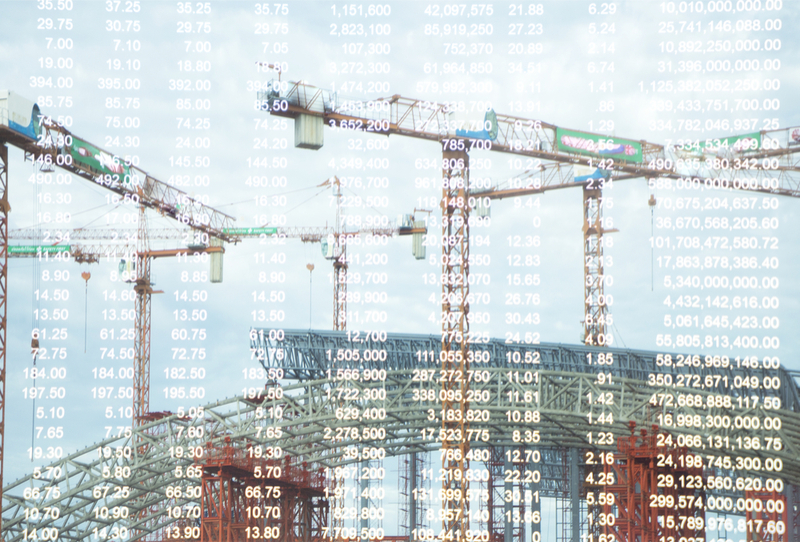Construction projects create a lot of data. In the past, much of that data was unstructured and siloed. Data was collected, often on paper, and filed away once a project was completed. That’s been changing over the past several years as construction companies are realizing the benefits and insights that big data, predictive analytics and real-time data sharing can unlock.
As technology has changed, construction companies are capturing more data than ever before through smartphones, drones, wearables, jobsite sensors, telematics and GPS systems on heavy equipment and other mobile solutions. All of this extra data being captured and recorded can become overwhelming as firms try and find ways to structure and analyze this data in order to make actionable decisions to improve their bottom line.
Construction firms are now using data to make better decisions, increase productivity, improve jobsite safety and reduce risks. With artificial intelligence and machine learning systems, firms can turn the mountains of data they have collected over the years on projects to predict future outcomes on projects and gain a competitive advantage when estimating and bidding on construction projects.
As construction projects become more complex, big data may soon become the most important tool at a construction company’s disposal. In order to effectively use all the data being collected, you need to have the right systems and software solutions in place.
You also need to make sure you are capturing data relevant to whatever question you are trying to answer or problem you are trying to solve. That data needs to be collected and structured so that the analytics software you are using can translate the data in a way for you to make better decisions or adjustments to your current operations.
Say, for instance, you are trying to improve worker productivity by reducing the amount of time wasted moving about the construction site to retrieve tools, materials and equipment to perform certain tasks. You would need to track workers throughout the day using smartphones or wearable as well as sensors on materials and equipment to track how everything is moving about the construction site. Once you’ve collected enough data sets, you can then analyze how workers move about and interact with the site to come up with solutions to reorganize the placement of tools and materials to make them more accessible to workers and reduce downtime.
These days there is so much data coming in, both internally and externally, on construction projects that it can be overwhelming if not harnessed correctly. There’s data on labor hours, materials used, daily production progress, equipment operating hours and idle times.
Then there’s all the project documents, plans and specifications, RFIs, change orders, meeting notes. Site survey data and production amounts from technology like drones and lidar. BIM data being used for clash detections and construction simulations to determine logistics and task scheduling.
There are many issues that construction company’s need to solve in order to use all this data in a meaningful way. Companies need to be more willing to share data with other stakeholders, find ways to centralize and structure data and make it easily accessible using cloud solutions and eliminate data silos is necessary in order to unlock the true potential of big data. Interoperability between software solutions and analytics tools and data capturing devices is another hurdle that needs to be solved for companies to use data in different ways.
As AI and machine learning software technology advances and becomes more readily available, construction companies will be able to use a combination of internal and external data sets to predict future outcomes on projects. Data analytics will help firms determine the most profitable projects to pursue and how to manage them efficiently. This will allow them to improve quality and increase productivity by shortening construction times, lowering costs and reducing risks.
